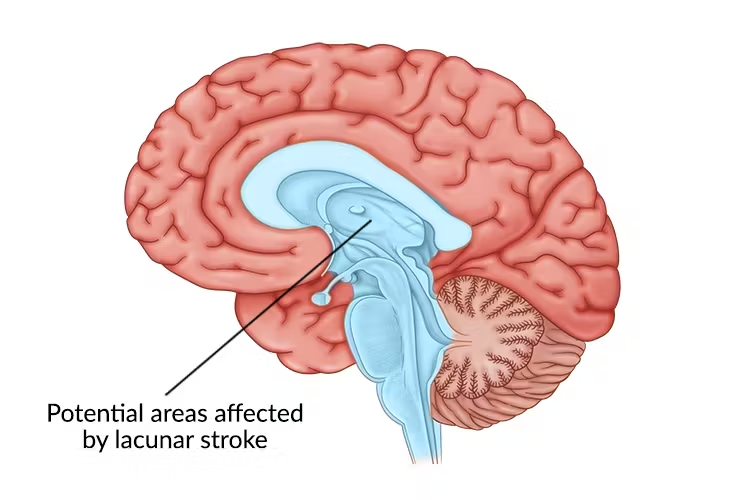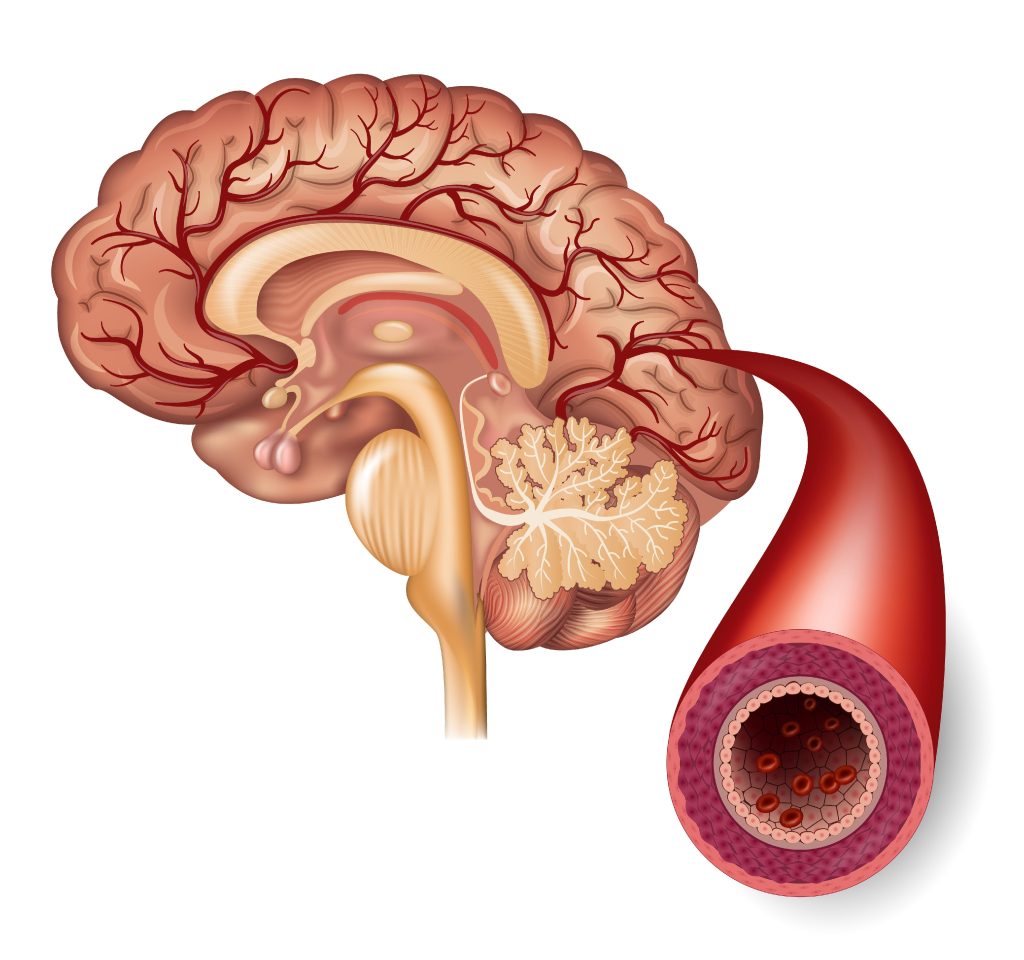A lacunar stroke, also known as a lacunar infarct, is a type of ischaemic stroke that occurs when the blood flow to a small area of the brain is interrupted. This type of stroke is also known as a “silent stroke” because it may not cause any noticeable symptoms. In this article, we will discuss the causes, symptoms, diagnosis, treatment, and prevention of lacunar stroke.

Causes of Lacunar Stroke
Lacunar stroke is caused by the blockage of a small blood vessel in the brain, typically a branch of the middle cerebral artery. This blockage can be due to various factors, including:
1. Atherosclerosis: The buildup of plaque in the blood vessels can cause them to narrow and harden, reducing blood flow to the brain.
2. Hypertension: High blood pressure can cause the blood vessels to weaken and rupture, leading to a lacunar stroke.
3. Diabetes: High blood sugar levels can damage the blood vessels and increase the risk of lacunar stroke.
4. Smoking: Smoking can damage the blood vessels and increase the risk of lacunar stroke.
Symptoms of Lacunar Stroke
The symptoms of lacunar stroke can vary depending on the location and size of the affected area. Some common symptoms include:
1. Weakness or Numbness: Weakness or numbness in the face, arm, or leg on one side of the body.
2. Difficulty with Speech or Language: Difficulty speaking or understanding speech.
3. Vision Changes: Blurred vision or loss of vision in one eye.
4. Dizziness or Loss of Balance: Dizziness or loss of balance.
5. Cognitive Changes: Changes in cognitive function, such as memory loss or difficulty with problem-solving.
Diagnosis of Lacunar Stroke
Diagnosing lacunar stroke can be challenging, as the symptoms may be subtle or absent. Diagnostic tests may include:
1. Computed Tomography (CT) Scan: A CT scan uses X-rays to create detailed images of the brain.
2. Magnetic Resonance Imaging (MRI): An MRI uses magnetic fields and radio waves to create detailed images of the brain.
3. Angiography: Angiography uses X-rays and a contrast agent to create detailed images of the blood vessels in the brain.
4. Electroencephalogram (EEG): An EEG measures the electrical activity of the brain.
Treatment of Lacunar Stroke
Treatment for lacunar stroke typically involves a combination of medications and lifestyle changes. Medications may include:
1. Antiplatelet Agents: Medications such as aspirin or clopidogrel to prevent blood clots.
2. Anticoagulants: Medications such as warfarin to prevent blood clots.
3. Blood Pressure Medications: Medications to control high blood pressure.
4. Cholesterol-Lowering Medications: Medications to lower cholesterol levels.
Lifestyle Changes
In addition to medications, lifestyle changes can help prevent a future lacunar stroke. These include:
1. Quitting Smoking: Smoking is a significant risk factor for lacunar stroke.
2. Exercise Regularly: Regular physical activity can help lower blood pressure and cholesterol levels.
3. Healthy Diet: Eating a healthy diet that is low in salt, sugar, and unhealthy fats can help lower blood pressure and cholesterol levels.
4. Stress Management: Managing stress through techniques such as meditation, yoga, and deep breathing exercises can help lower blood pressure.
Prevention of Lacunar Stroke
Preventing lacunar stroke requires managing risk factors and making lifestyle changes. Common prevention strategies include:
1. Blood Pressure Control: Managing high blood pressure through lifestyle changes and medication.
2. Cholesterol Management: Managing high cholesterol through lifestyle changes and medication.
3. Diabetes Management: Managing diabetes through lifestyle changes and medication.
4. Smoking Cessation: Quitting smoking to reduce the risk of lacunar stroke.
Conclusion
Lacunar stroke is a type of ischaemic stroke that occurs when the blood flow to a small area of the brain is interrupted. By understanding the causes, symptoms, diagnosis, treatment, and prevention of lacunar stroke, individuals can take steps to reduce their risk and improve their overall health. If you or someone you know is experiencing symptoms of lacunar stroke, call emergency services immediately.

